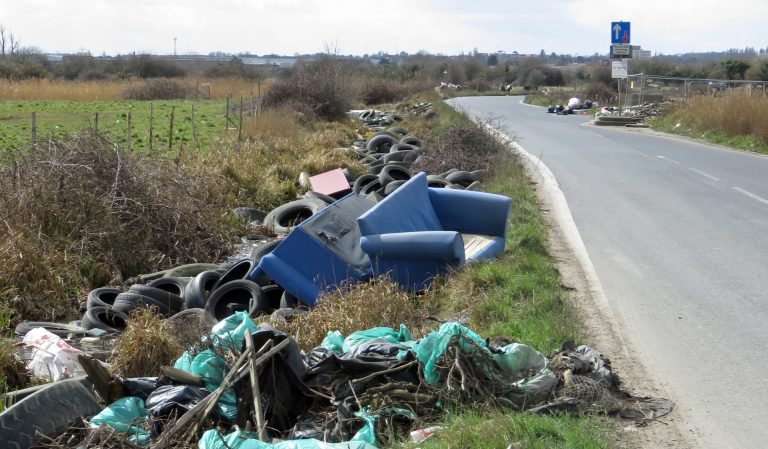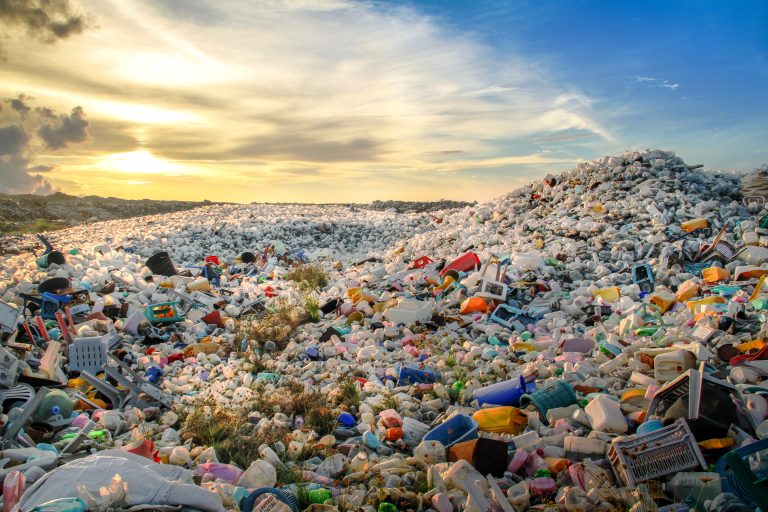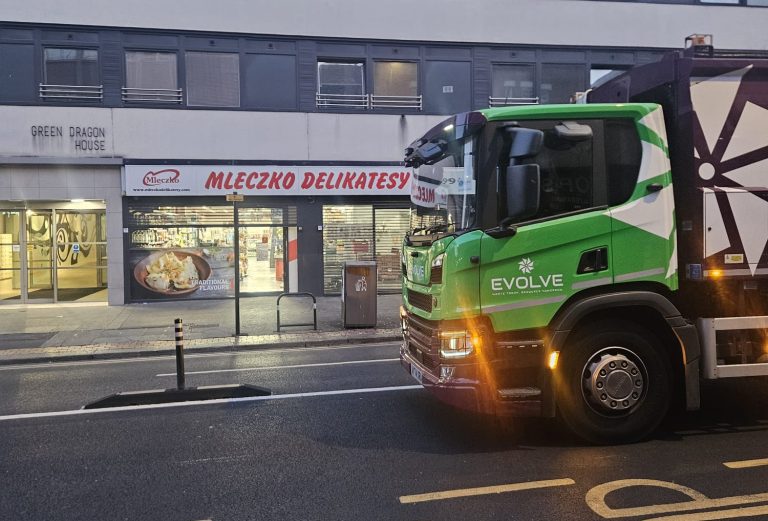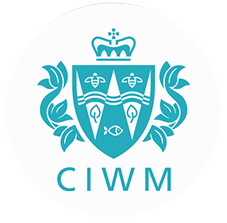How Recycling Works: From Your Bin to New Products
Recycling is one of the most accessible ways for individuals to contribute to environmental conservation. While we’re familiar with tossing items into the blue bin, the journey from discarded material to new product involves fascinating processes that many don’t get to see. Let’s explore how recycling works.
Collection: Where It All Begins
The recycling process starts with collection. When you place items in your recycling bin, local waste management services collect these materials and transport them to recovery facilities. Many communities use single-stream recycling, where all recyclables go into one bin, simplifying the process for residents but requiring more sorting later.

Sorting: Separating Materials
At the recovery facility, recyclables undergo sorting – a combination of mechanical and manual processes:
- Materials first pass through screens that separate items by size
- Powerful magnets pull out ferrous metals like steel
- Eddy current separators identify and remove aluminium
- Optical scanners detect different types of plastics
- Air jets or manual sorters separate remaining materials.
Processing: Breaking Down and Cleaning
Once sorted, materials are processed according to their type:
- Paper and Cardboard: Shredded and mixed with water to create a pulp. The pulp is cleaned to remove contaminants like staples, plastic and ink.
- Plastics: Washed, shredded into flakes and sometimes melted into pellets. Different types of plastic (indicated by the resin identification code) must be processed separately.
- Glass: Crushed into “cullet,” then cleaned to remove contaminants. Different colours are separated as mixed colours create an undesirable end product.
- Metals: Aluminium cans are shredded, cleaned and melted. Steel is similarly processed and melted in furnaces.
Manufacturing: Creating New Products
The processed materials become raw materials for new products:
- Paper pulp becomes newspaper, office paper, cardboard, or tissue
- Plastic pellets are moulded into new bottles, containers, or fibres for clothing
- Glass cullet is melted to create new glass containers or fiberglass insulation
- Melted aluminium becomes new cans, often back on store shelves within 60 days

The Environmental Impact
Recycling significantly reduces environmental impact by:
- Conserving natural resources
- Reducing energy consumption (recycling aluminium uses 95% less energy than producing it from raw materials)
- Decreasing landfill waste
- Lowering greenhouse gas emissions from manufacturing and waste decomposition
Challenges in the Recycling Process
Despite its benefits, recycling faces challenges:
- Contamination: Food residue, non-recyclable items and incorrect sorting can contaminate entire batches. Rinsing containers and following local guidelines helps address this issue.
- Complex Materials: Multi-layer packaging and mixed materials present recycling difficulties.
- Market Fluctuations: The value of recycled materials varies with market demand, affecting program sustainability.
How You Can Improve Your Recycling Habits
- Check local guidelines for accepted materials
- Clean containers before recycling
- Avoid “wishcycling” – putting non-recyclable items in recycling bins
- Purchase products made from recycled materials to support the market
Recycling is a circular process that transforms waste into valuable resources. While not perfect, continuous improvements in technology and consumer education make recycling increasingly effective. By understanding how recycling works, we can all participate more effectively in this important environmental practice.















